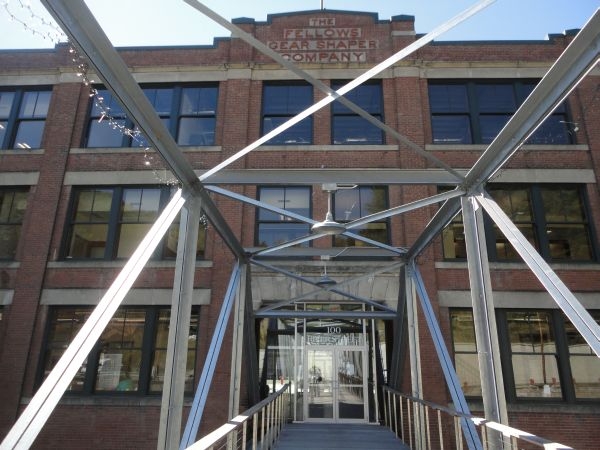
There are an estimated four thousand sites in Vermont that are considered ‘brownfields’.
They range from old gas stations to closed down mills and factories.
Developing these properties is complicated by concerns about contaminants in the air, soil or water.
At a meeting last week sponsored by the Vermont Environmental Consortium, there was a lot of talk about how developing brownfield sites is a team sport; involving environmental and economic development people at every level of government, lawyers, willing private or public property owners and often lots of patience.
Patricia Coppolino is Brownfields Program Manager at the Agency Of Natural Resources.
She says developing brownfield sites provides a second life to buildings that are often part of a community’s history.
"A lot of these brownfield buildings have a lot of character," says Coppolino. " They’re right near downtown. They already have all the utilities, sewer, water, roads, building infrastruce. There’s a lot incentives, tax incentives for cleanup and funding to do the work."
Windham and Windsor county towns, especially those along the Connecticut River Valley have many brownfield sites because of the number of old factories and mills.
Last week’s meeting took place in the Great Hall of the former Fellows Gear Shaper factory in Springfield, a sunlit space decorated with the work of local artists that’s a far cry from the building’s manufacturing roots.
The building is owned by a private developer. Other brownfields projects are owned by non-profits and often used to build affordable housing units.
Some brownfields are simply open spaces and in several cases they’re being put to use in new ways.
Chad Farrell is with Encore Redevelopment a Burlington renewable energy company. The firm has been involved in a study of the feasibility of putting solar panels on 28 acres of land on the Elizabeth Mine Superfund site in Strafford and Thetford.
"The Elizabeth Mine site offers a large piece of unshaded land which is outside of the large scale viewsheds, which has no other purpose," Farrell explains. "We just don’t a lot of those in the state of Vermont.
Farrell says the plan, which is just in the early stages, could be a signficant source of local tax revenue.
Green Mountain Power Corporation is also at work on two solar projects on brownfields in Rutland including a large installation at the former city landfill.